Characteristics and application analysis of laser welding
Release date:2020-06-01
Laser welding is one of the important aspects of the application of laser material processing technology. In the 1970s, it was mainly used for welding thin-walled materials and low-speed welding. The welding process was thermally conductive, that is, laser radiation heated the surface of the workpiece, and the surface heat diffused to the inside through thermal conduction, by controlling the width, energy, peak power and repetition frequency of the laser pulse With other parameters, the workpiece is melted to form a specific molten pool. Because of its unique advantages, it has been successfully used in the precision welding of micro and small parts. The emergence of high-power CO2 and high-power YAG lasers has opened up new areas of laser welding. Deep-melt welding based on the theory of small hole effect has been increasingly used in machinery, automobile, steel and other industrial fields.
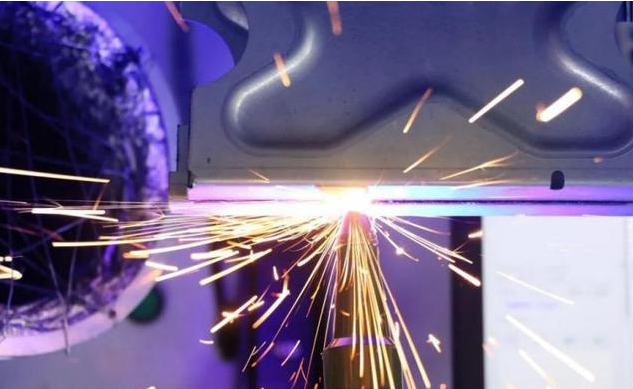
Compared with other welding technologies, laser welding has the following advantages:
1. Fast speed, large depth and small deformation.
2. Weldable refractory materials such as titanium, quartz, etc., and can be applied to heterogeneous materials, the effect is good.
3. Micro welding is possible. After focusing, the laser beam can obtain a very small light spot, and can be accurately positioned. It can be used in the assembly welding of micro and small workpieces produced by large-scale automated production.
4. Welding can be performed at room temperature or under special conditions, and the welding equipment is simple. For example, the laser beam passes through the electromagnetic field, and the beam does not shift; the laser can be welded in a vacuum, air, and certain gas environment, and can be welded through glass or materials transparent to the beam.
5. After laser focusing, the power density is high. When welding high-power devices, the aspect ratio can reach 5:1, and the highest can reach 10:1.
6. The laser beam is easy to realize the beam splitting in time and space, and can process multiple beams at the same time and multi-station processing.
7. Welding hard to reach parts, non-contact long-distance welding, with great flexibility. Especially in recent years, the fiber transmission technology has been adopted in the YAG laser processing technology, so that the laser welding technology has been more widely promoted and applied.
Laser welding applications
01. Powder metallurgy field
With the continuous development of science and technology, many industrial technologies have special requirements for materials, and the materials manufactured by smelting and casting methods can no longer meet the needs.
Due to the special properties and manufacturing advantages of powder metallurgy materials, they are replacing traditional smelting and casting materials in certain fields such as automobile, aircraft, tool and cutting tool manufacturing. With the development of powder metallurgy materials, their connection with other parts It has become increasingly prominent, which limits the application of powder metallurgy materials.
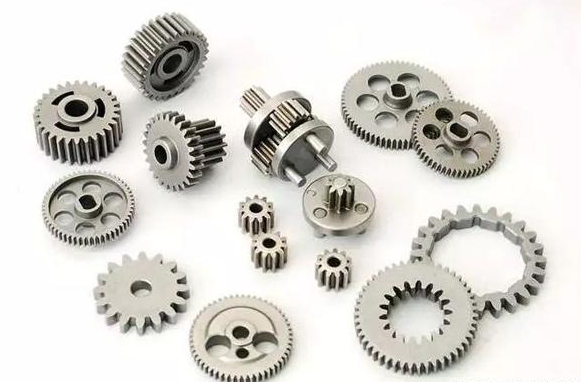
In the early 1980s, laser welding entered the field of powder metallurgy materials processing with its unique advantages, opening up new prospects for the application of powder metallurgy materials, such as the use of brazing methods commonly used in the connection of powder metallurgy materials to weld diamonds. Low strength, wide heat-affected zone, especially can not adapt to high temperature and high strength requirements, causing the solder to melt off, using laser welding can improve the welding strength and high temperature resistance.
02. Electronics Industry Application
Laser welding has been widely used in the electronics industry, especially the microelectronics industry. Due to the small heat-affected zone of laser welding, rapid heating concentration, and low thermal stress, it shows unique advantages in the packaging of integrated circuits and semiconductor device housings. In the development of vacuum devices, laser welding has also been applied, such as molybdenum focusing electrodes and stainless steel support rings, fast hot cathode filament components.
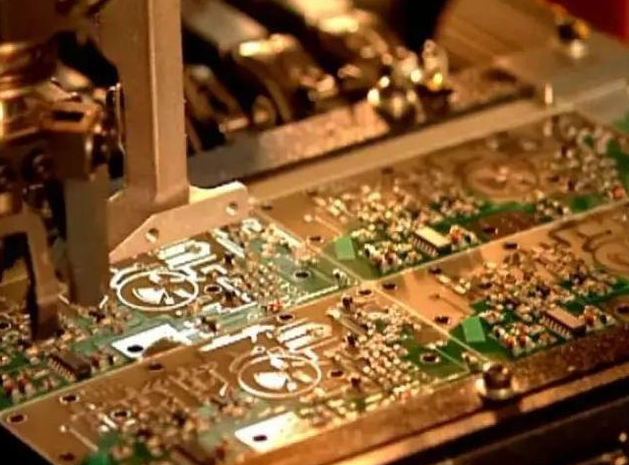
03. Manufacturing applications
Laser tailored welding technology has been widely used in foreign car manufacturing. According to statistics, in 2000, there were more than 100 laser tailored welding production lines for blanks worldwide, with an annual output of 70 million pieces of tailored blanks for car components. Speed growth. The imported models Passat, Buick, Audi, etc. produced in China also adopt some cutting blank structure.
In Japan, CO2 laser welding is used instead of flash butt welding for the connection of rolled steel coils in the steel industry. Research on welding of ultra-thin plates, such as foils with a thickness of less than 100 microns, cannot be welded, but through special output power waveforms The success of YAG laser welding shows the bright future of laser welding.
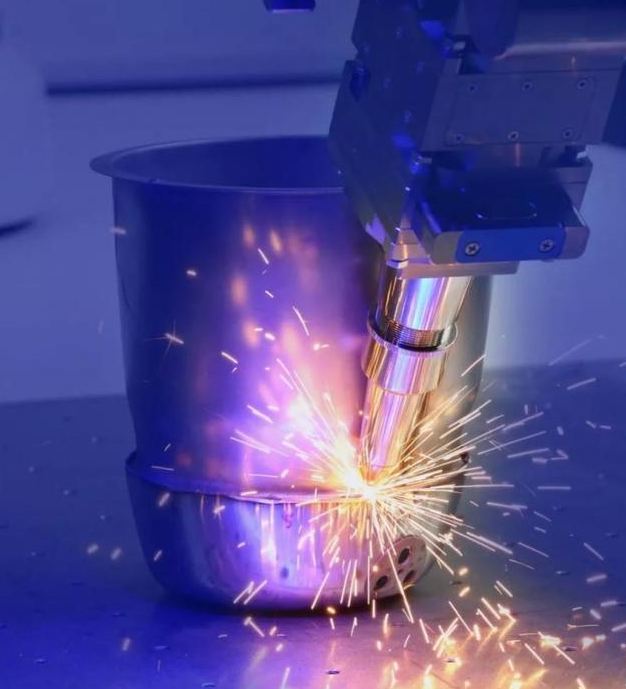
It has also successfully developed YAG laser welding for the maintenance of steam generator thin tubes in nuclear reactors for the first time in the world, and has also carried out laser welding technology for gears in Su Baorong, etc. in China.
04. Biomedical field
The laser welding of biological tissues began in the 1970s. The successful welding of Klink et al. and Jain’s laser welding of the fallopian tubes and blood vessels and the advantages shown have made more researchers try to weld various biological tissues and promote them to other tissues. welding. The current research on laser welding nerves at home and abroad mainly focuses on laser wavelength, dose and its function recovery and selection of laser solder. Liu Tongjun conducted basic research on laser welding of small blood vessels and skin. Welding of the common bile duct of rats was carried out.

Compared with the traditional suture method, the laser welding method has a fast anastomosis speed, no foreign body reaction during the healing process, maintains the mechanical properties of the welding site, and the repaired tissue grows according to its original biomechanical properties. Therefore, laser welding will be more widely used in future biomedicine.
05. Automotive industry applications
In the late 1980s, kilowatt lasers were successfully used in industrial production. Nowadays, laser welding production lines have appeared on a large scale in the automobile manufacturing industry, becoming one of the outstanding achievements of the automobile manufacturing industry.
European automobile manufacturers such as Audi, Mercedes-Benz, Volkswagen, and Volvo in Sweden took the lead in adopting laser welding of metal plates such as roof, body, and side frames in the 1980s. In the 1990s, American General Motors, Ford, and Chrysler companies The introduction of laser welding into automobile manufacturing, although it started late, has developed rapidly.
Fiat Italy uses laser welding in the welding assembly of most steel plate components. Nissan, Honda and Toyota Motor Corporation of Japan use laser welding and cutting processes in the manufacture of body coverings. High-strength steel laser welding assemblies are excellent because of their excellent performance. It is used more and more in automobile body manufacturing.
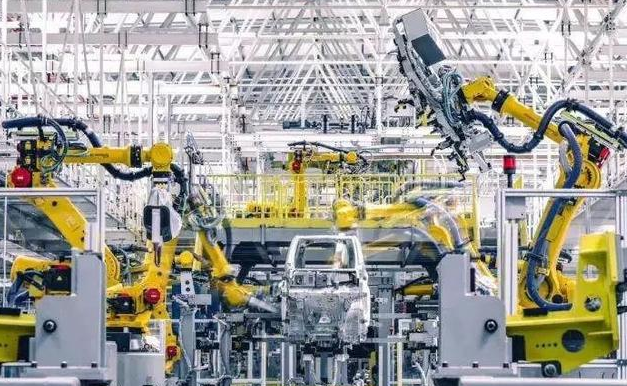
In terms of process, Sandia National Laboratory of the United States and PrattWitney jointly carried out the research of adding powder metal and metal wire in the laser welding process. The Bremen Institute of Applied Beam Technology in Germany has conducted a lot of research on the use of laser welding of aluminum alloy body frameworks. It is believed that adding filler metal to the weld seam will help eliminate thermal cracks, increase welding speed, and solve tolerance problems. The developed production line has been put into production at the Mercedes-Benz plant.
(Reprinted from: Laser Manufacturing Network)


 English
English 中文
中文

